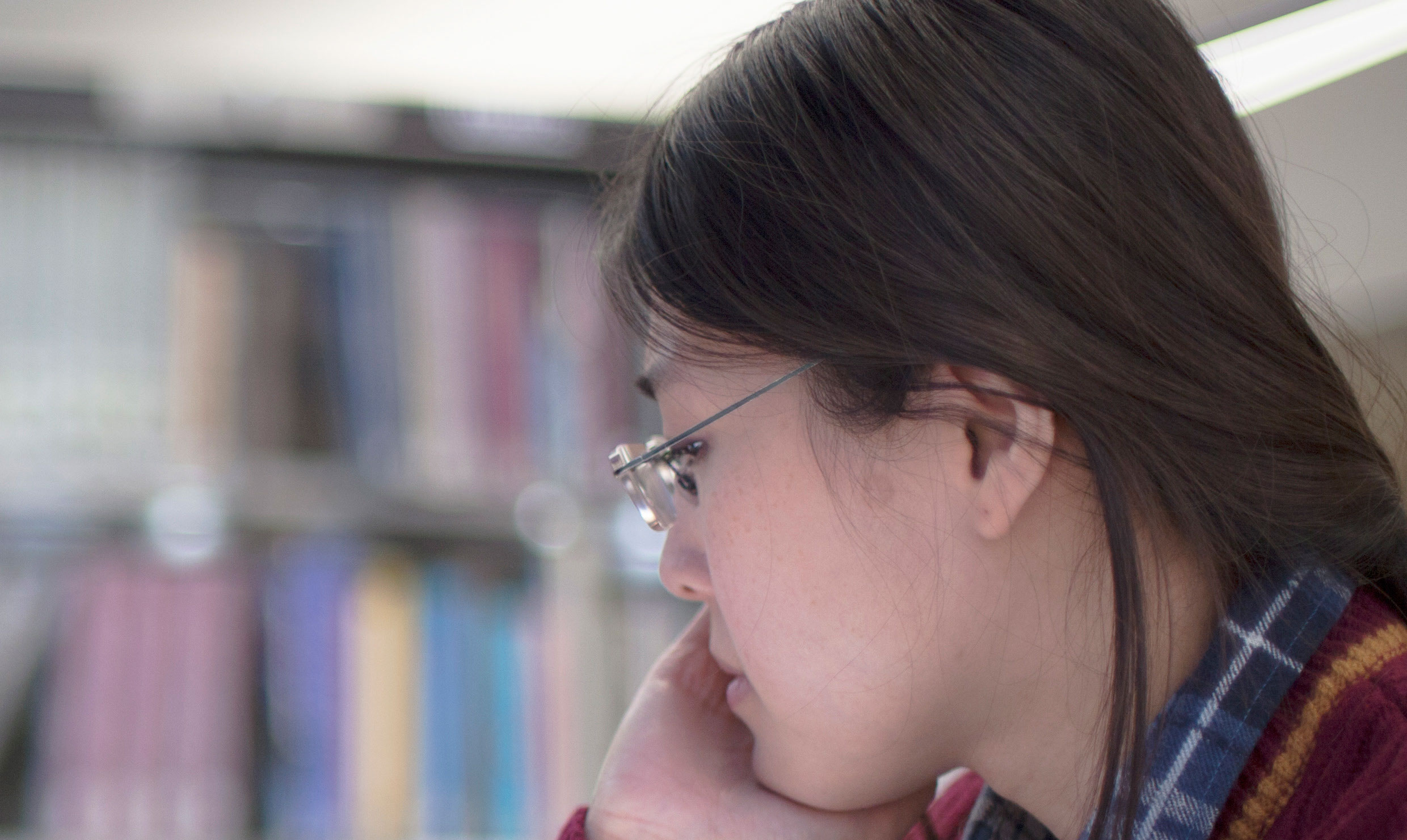No Harm Done: Recognising and dealing with self-harm

Self-harm affects up to 1 in 5 young people today. It spans the divides of gender, class, age and ethnicity. It’s a growing problem and one that’s not going away.
Self-harm is the term commonly used to describe any way in which a young people might choose to actively harm themselves or put themselves at risk. Self-harm is typically a way of coping with difficult thoughts, feelings or experiences.
Many adults find themselves in the position of wanting to support a young person who is self-harming. This can be difficult; it’s not always easy to find the confidence to discuss such a challenging topic, or to know what to say or do.
Yet many young people who self-harm feel incredibly alone and desperate - wanting to talk, to open up about their feelings and have someone listen to them.
Your support can be life-changing. Please read on for simple guidance on steps that you can take to help a young person in need.

Self-harm warning signs
There are many signs you can look out for which may indicate that a young person is in distress and may be harming themselves - or is at risk of self-harm.
Physical injuries are the most obvious sign to look out for, and maybe indicative of self-harm if:
- you observe the same physical injury on more than one occasion.
- the injury appears too neat or ordered to be accidental.
- the injury does not appear consistent with how the young person says it was sustained.
Other common self-harm warning signs include:
- secrecy or disappearing at times of high emotion.
- long or baggy clothing covering arms or legs, even in warm weather.
- increasing isolation or unwillingness to engage with others.
- avoiding changing in front of others (this can also include avoiding PE, shopping and sleepovers).
- frequent absence or lateness.
- general low mood or irritability.
- negative self-talk: feeling worthless, hopeless or aimless.
The first conversation
The sooner we encourage a young person to open up about their self-harm, the better.
Talking, and creating a safe space, can help break the cycle of self-harm. It can also provide an opportunity to identify where appropriate further support may be needed - any concerns should be passed on to a safeguarding officer.
The most supportive first conversation is one where:
- the young person is the sole focus of your attention.
- you spend most of your time listening, not talking.
- the young person tells their story; you never guess or assume.
- there is a feeling of acceptance and support, not judgement.
- self-harm is not dismissed as attention-seeking.
- unrealistic promises are not made about confidentiality.
- you acknowledge how hard this conversation must be for the young person.
- you respond calmly - even if you don’t feel calm.
This conversation should be recognised as the first step of a difficult journey; there will be downs as well as ups along the way. It’s very important that clear next steps are identified and followed up promptly after the young person shares their feelings with you.
Questions to ask when a young person isn’t ready to talk
A trusted, confidential relationship at a time when a young person is feeling vulnerable can be absolutely crucial to recovery. Yet these open relationships sometimes take time to develop.
When a young person is reluctant to disclose or discuss their self-harm, there are three important questions to consider:
- Who is the best person to have this conversation? It could be a parent, carer, friend, counsellor, teacher or a healthcare professional. Use your knowledge of the young person, but also ask them who they feel comfortable talking to - and how much they wish to share.
- How can you help the conversation flow? Creating an informal environment can really help, as can chatting whilst carrying out another activity, such as walking or drawing.
- Would another medium work? Talking face-to-face isn’t always easy or practical. Some young people will feel much happier talking via instant messenger, text or email - be creative and use your knowledge of the child. The medium is not important; what matters is that the young person feels confident to speak openly.
If a young person still isn’t yet ready to open up, that’s fine. It may be helpful to provide them with sources of advice and support they can explore independently, and to regularly revisit the situation.
Providing practical support
You may find yourself in the position of providing regular support to a vulnerable young person. Having someone outside of the family to talk to can be vitally important; for some who self-harm, home won’t always feel like a safe place.
If a young person feels comfortable speaking with you about their feelings, here are some helpful things you can do to help them on their road to recovery:
Listen - provide a safe space for non-judgmental, supportive listening. Even just a few minutes of high quality listening can make a huge difference to how supported and connected a young person feels.
Address stressors - work with the young person to understand their triggers and stressors. Exploring a typical day and highlighting the ‘tough bits’ can be a great starting point. Together, you can then think creatively of ways you might address these and make them better.
Make a self-soothe box - work with the young person to collect a range of things they can use to distract or soothe themselves when things get too much. Music, colouring, books, bubbles, photographs or inspirational quotes can be positive distractions away from the urge to self-harm.
Safeguard your own wellbeing - it can be emotionally exhausting to support a young person who is self-harming. You need to address your own feelings, making sure that you also receive regular support and a confidential listening ear. Keep in regular contact with your safeguarding officer and if, for any reason, you feel unable to continue to support the young person, discuss this at the earliest possible opportunity. By being honest about your limits, it might be that a different adult can be identified for the young person to speak to.
What to do if you think a young person is at risk
If you have any concerns about a young person’s immediate safety, this is the absolute priority. It should be treated as an urgent safeguarding issue in line with your policies. A young person who is at risk should not be left alone.
All discussions should be recorded and shared with your safeguarding officer, who will keep these details on file and can provide support and direction.
Appropriate next steps may include:
- informing adults who need to know in order to keep the young person safe (this will usually include parents or carers, when appropriate).
- visiting the GP to seek further support and guidance.
- providing access to a school counsellor.
- scheduling regular meetings with a trusted adult such as a form tutor, who can provide practical guidance and support.
- Include safe-guarding and/or wellbeing team as part of resources for signposting.
It’s important that all wounds are appropriately dressed and cared for, as infection from self-harming is common. Always provide the young person with information about wound care and, if possible, access to a trained first aider or medical professional who can assess and dress any wounds.
Taking a ‘whole school approach’
Proactive, supportive individuals can do a great deal to help a young person within their school or organisation. Yet support is at its best when it’s provided within the context of a whole-school approach - this keeps everyone as safe as possible.
Simple steps that your school could take include:
- Developing and implementing a mental health policy
Clear guidance can give staff the knowledge and confidence they need to respond to issues appropriately. It’s really important to develop a policy that feels relevant and achievable within your setting - and to ensure that all staff know who to speak to with any concerns.
- Providing training for all staff
The provision of basic training for all staff on how to recognise and respond to self-harm will increase the confidence of both staff and students when it comes to making and responding to disclosures
Funded training can be provided by the Charlie Waller Trust, while YoungMinds regularly runs self-harm training as part of its Open Access programme.
Include training on… (for staff and students)
- General Mental Health and Wellbeing Awareness
- Positive steps to wellbeing
- CWT Wellness Action Plans
- 5 Ways to Wellbeing bookmarks.
- Addressing self-harm as part of PSHE
Your PHSE curriculum can provide a great opportunity to tackle self-harm myths and misunderstandings. It can also offer students an understanding of how to keep themselves and each other supported and safe.
The PHSE Association guidance on teaching about mental health and emotional wellbeing provides information on how to tackle sensitive issues safely as well as model lessons on self-harm and healthy coping.
- Looking after staff wellbeing
We must first look after ourselves before we can look after others. Helping young people who are in emotional distress can be physically and mentally draining for staff. Once this is recognised, appropriate support needs to be put in place, both in terms of training and supportive listening.
Further information and resources
Talking with others can be a huge weight off your shoulders. There are experienced and trusted professionals and support groups who can help you and your child during this time.
Here are some recommended services and resources that you may find helpful:
YoungMinds: youngminds.org.uk
Dedicated parents helpline offers free, confidential advice via the phone, email and webchat: 0808 802 5544 (open Monday to Friday, 9:30am to 4pm)
Coping with self-harm: A guide for parents and carers
Produced by the University of Oxford in conjunction with YoungMinds and The Royal College of Psychiatrists
YoungMinds provides information and free resources to help implement a whole school approach as well as self-harm, mental health and resilience training for professionals.
The Royal College of Psychiatrists: Self-harm advice and support
Childline: childline.org.uk or 0800 1111 (24hr support)
Samaritans: samaritans.org.uk
Helpline (24hr): 116 123 UK & NI / Email: jo@samaritans.org
Self-harm and eating disorders in schools: a guide to whole-school strategies and practical support by Pooky Knightsmith
Available in paperback or Kindle edition
A short introduction to understanding and supporting children and young people who self-harm by Professor Carol Fitzpatrick
Available in paperback or Kindle edition
Self-harm alternatives: over 130 ideas for use in recovery suggested by young people, collated by Dr Pooky Knightsmith
#NoHarmDone
The #NoHarmDone project has been co-created in partnership with young people and parents and produced by YoungMinds, the Royal College of Psychiatrists and the Charlie Waller Trust.
Thank you to all the young people and parents who generously gave their time and shared their experiences to make ‘No Harm Done’ a reality.
See the other videos and information from the No Harm Done series:
Resources
Was this article helpful?
Your feedback helps us create better content so if this article helped, please leave a like below and let others know.
The Charlie Waller Trust
The Charlie Waller Trust is a registered charity in England and Wales 1109984. A company limited by guarantee. Registered company in England and Wales 5447902. Registered address: The Charlie Waller Trust, First Floor, 23 Kingfisher Court, Newbury, Berkshire, RG14 5SJ.
Copyright © 2024 The Charlie Waller Trust. All rights reserved.




